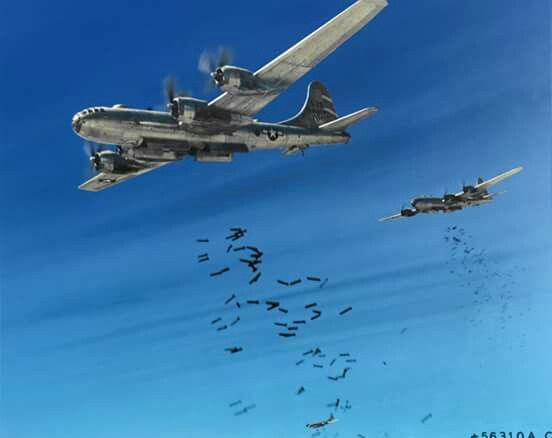The Boeing B-29 Superfortress, a timeless masterpiece in the realm of military aviation, captivates enthusiasts and historians alike with its legendary status and historical significance. Emerging from the crucible of World War II, the Superfortress earned its place in the annals of aerospace engineering as a pioneering long-range bomber, pushing the boundaries of technological innovation during a pivotal era in global conflict.
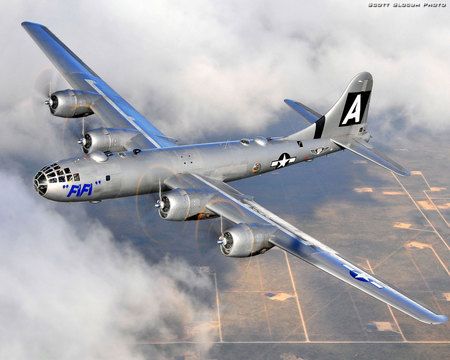
Commissioned by the United States Army Air Forces, the B-29 Superfortress took its maiden flight in 1942 and quickly became an icon of American air power. What sets this aircraft apart is its strategic role in the Pacific theater, most notably in the bombing campaign against Japan. The Superfortress played a pivotal role in the concluding chapters of World War II, including the historic missions that led to the end of the conflict with the dropping of atomic bombs on Hiroshima and Nagasaki.
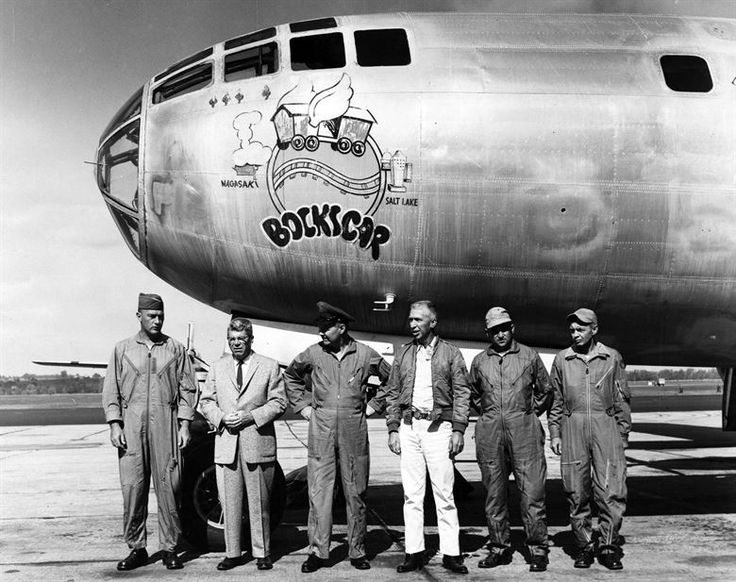
The allure of the Boeing B-29 Superfortress lies not only in its wartime exploits but also in its groundbreaking design. Boasting cutting-edge features such as pressurized cabins, remote-controlled gun turrets, and a sophisticated radar system, the Superfortress represented the zenith of technological achievement during its time. Its ability to fly at high altitudes with greater speed and range set new benchmarks for strategic bombing capabilities, influencing the development of future generations of military aircraft.
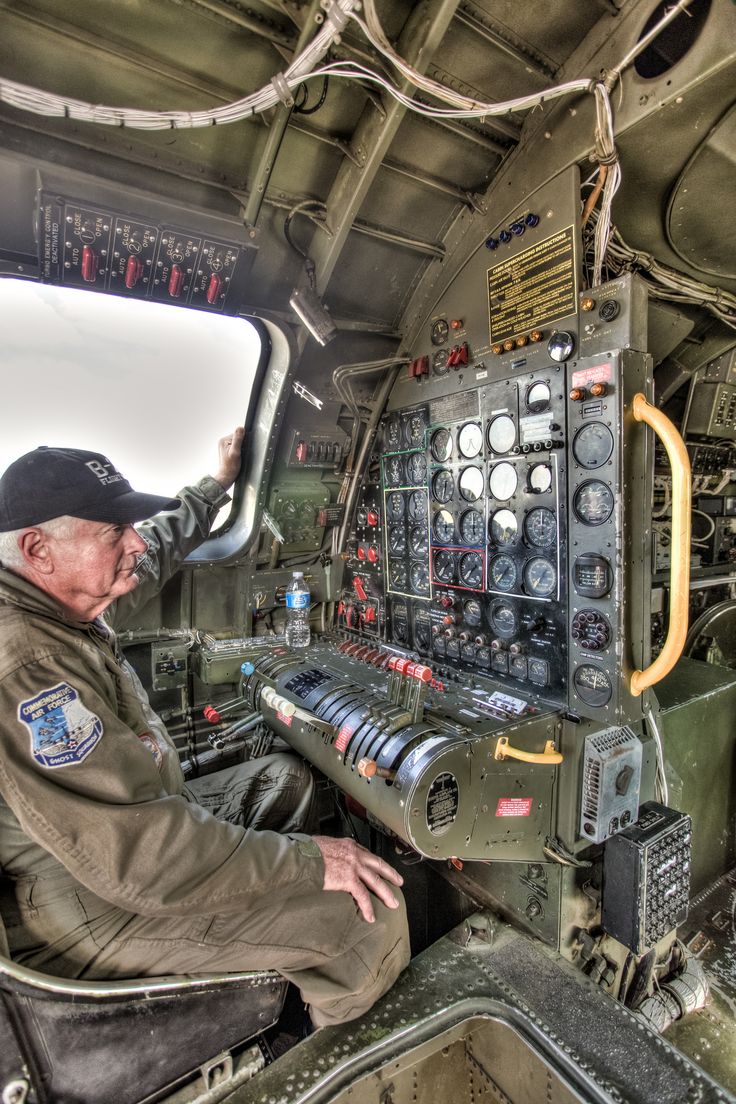
Beyond its technical prowess, the B-29 Superfortress continues to captivate aviation enthusiasts with its distinctive appearance. The aircraft’s sleek, streamlined fuselage, coupled with its imposing wingspan, imparts a sense of awe and majesty. The four-engine configuration, each housing powerful radial engines, contributed not only to its performance but also to its unmistakable silhouette that remains etched in aviation history.
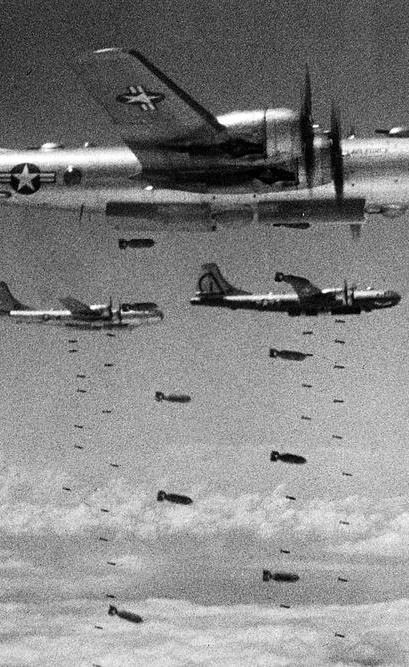
The endurance and adaptability of the B-29 Superfortress are evident in its post-war legacy. The aircraft played a crucial role in the early years of the Cold War, undergoing modifications to serve in various capacities, including reconnaissance and strategic deterrence. Its enduring influence is seen in subsequent aircraft designs, as the lessons learned from the Superfortress contributed to the evolution of strategic bombing doctrines and technological advancements in military aviation.
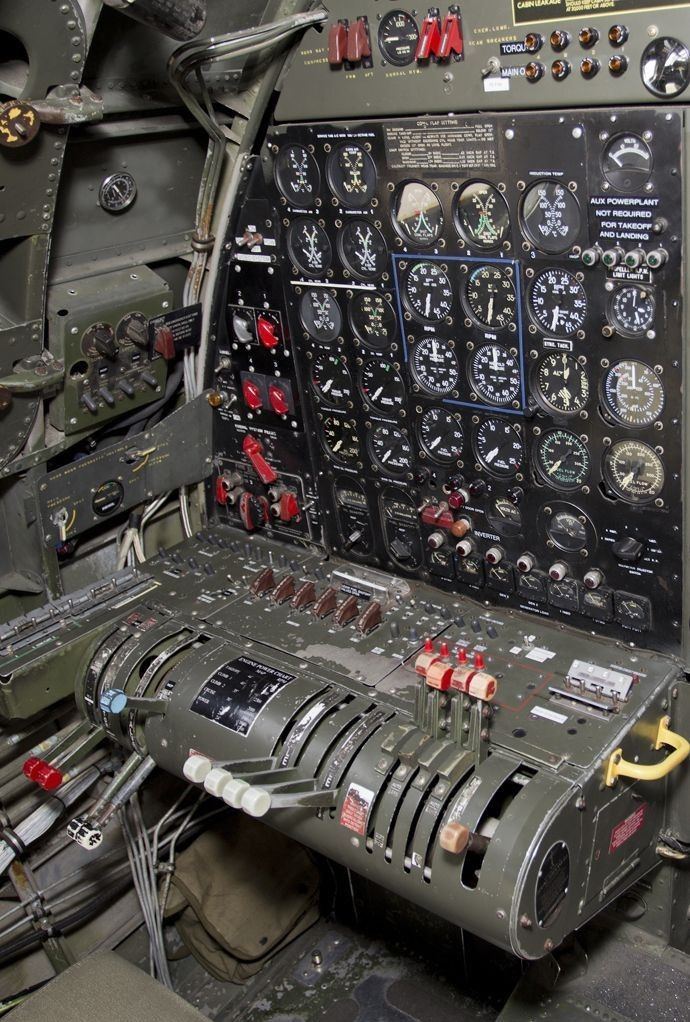
Preserved examples of the Boeing B-29 Superfortress, such as the iconic “Enola Gay” displayed at the National Air and Space Museum, serve as tangible reminders of its historical significance. These relics not only pay homage to the bravery of the crews who flew them but also stand as testaments to the era when the skies became a theater of war, and the Superfortress reigned supreme.
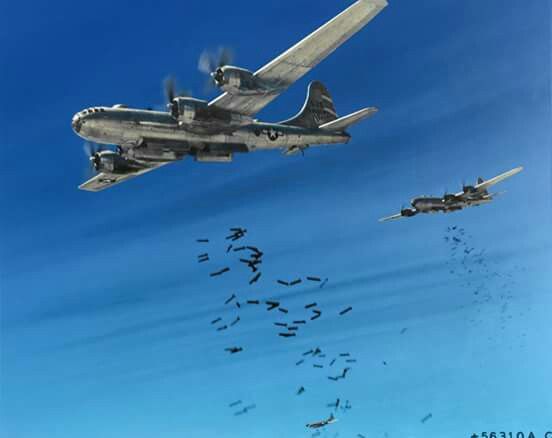
In essence, the Boeing B-29 Superfortress remains an irresistible subject for aviation enthusiasts, drawing admiration for its historical contributions, technological innovations, and enduring legacy in the ever-evolving narrative of military aviation.

